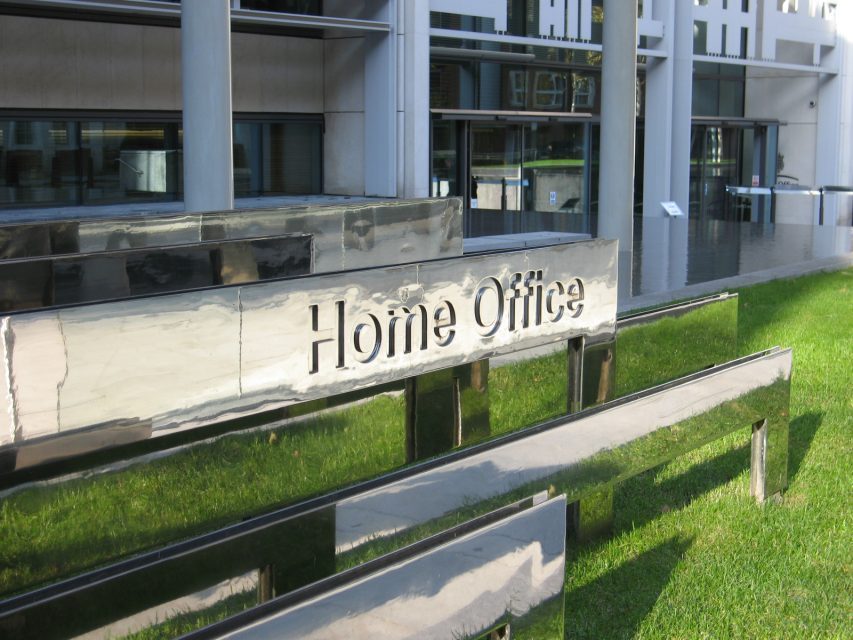Digital engagement lead explains how the department’s Service Toolkit can help public bodies create new online services for citizens from scratch
The GOV.UK Service Toolkit contains a range of tools for helping civil servants design, build, and operate digital platforms
Staff at one’s local borough council could reasonably be expected to know about bin-collection timetables, temporary parking permits, or the correct procedure for obtaining planning permission to extend your conservatory.
But it might not be quite so reasonable to expect them to possess expertise in website design, what makes an effective “impact colour” – or what to call people from the Faroe Islands.
Which is where the Government Digital Service, and its online design kitbag for public sector bodies, comes in.
The online platform has been designed to enable civil servants to easily build digital services that are effective, simple to use, and consistent with GOV.UK style and standards.
Angus Montgomery, creative writer and digital engagement lead at GDS, said: “Most government spends most of its time building, running, analysing, repurposing, and reiterating [services] – the reason for government is to be at the service of its citizens.”
He added: “When you build a service, it is really important that you build them around users.”
Related content
- GOV.UK Verify to be extended to cover other countries next year
- GDS to cut GOV.UK frontend templates from 140 to 10
- Government Digital Service outlines next phase of GOV.UK development
Montgomery, who was addressing a roomful of attendees at the recent Civil Service Live event, hosted in London by the Cabinet Office and PublicTechnology parent company Dods, pointed people in the direction of the GOV.UK Service Toolkit, which is designed to have all the information and tools required to build a digital service.
Included in the toolkit is the Digital Service Standard, a checklist of 18 criteria that all public sector services must meet, and a Technology Code of Practice that outlines what is needed to ensure funding is obtained for a planned technology or service.
“All public-facing services have to go through a service assessment that will be led by someone from GDS or a GDS advisor,” Montgomery said.
There is also a Service Manual, which offers “a guide to creating and running a great service, that provides all the information you need on how to build a service and how to structure a team”, he added.
After assisting with such initial considerations, the Service Toolkit can help public officials design their site to make in line with GOV.UK. In addition to guidance on basic principles of design, and advice on the best use of language for digital content, there are front-end coding tools that can be used to create online services.
These are intended to make it simple for users to, for example, ensure that colour is used effectively and consistently, with government-endorsed shades of black for standard text, grey for secondary text, and a bluey purple for links that have already been clicked. There is also the perfect shade of yellow to serve as a “focus colour”, Montgomery said.
GOV.UK even has its own, specially designed font, called GDS Transport.
Beyond the design elements, the Service Toolkit also offers access to the technological engines on which services will be run. These include GOV.UK’s Notify platform for messaging, its Pay service for processing payments, and the Verify identity-assurance offering. The toolkit also allows public bodies to host their service via central government cloud platforms, rather than building their own infrastructure.
No more Googling
A crucial part of the Service Toolkit is its data registers, Montgomery said.
“One of the most important things about running a service is the data that it is built on. Data is an area that GDS is focusing very heavily on,” he added. “There is a central, canonical source of open data that every department can use. It might previously have been held by lots of different departments in lots of different ways.”
A generic example cited by Montgomery of the kind of data available is a list of all the countries in the world, including up-to-date and accurate information on naming conventions, independent states and disputed territories, and demonyms for inhabitants. This kind of data could be required when designing a form requiring disclosure of nationality.
“Previously you might have Googled it or gone on Wikipedia and [the information you got] might not have been complete or robust,” he said. “Now you have access to up-to-date, consistent data.”
The GDS digital engagement lead added that the registers contain a wealth of both general-purpose data sets such as this, as well as highly specialised information that could, for example, help local authorities build a digital service for obtaining a fishing licence.
Data might previously have been held by lots of different departments in lots of different ways
Once services have been built, GOV.UK also provides tools for managing and monitoring them. GDS is also undertaking a project to help analyse the performance of digital services throughout the public sector.
“We have a project called cross-government services data… that will provide high-level data on how services across government are performing,” Montgomery said.
“It will help teams report on the success and progress of their services, but also help people within government look at where they need to spend on a new service, or where there might be some need for automation.”
Another important job of GDS is to offer education services to civil servants, and provide groups and forums for those interested in a particular area, such as accessibility or inclusion, Montgomery said. Such groups will communicate via tools such as Slack or Google Hangouts, he said, but will also regularly meet up to discuss events and issues.
“GDS offers a range of training to support services teams, like design training for non-designers,” he added. “We are also bringing people together so they can talk about their work and what they have done.
“We have been building and supporting a number of communities across government. There are people who are doing really interesting work.”
And, in case you are interested, a citizen of Tórshavn, Klaksvík, or Argir is Faroese.



